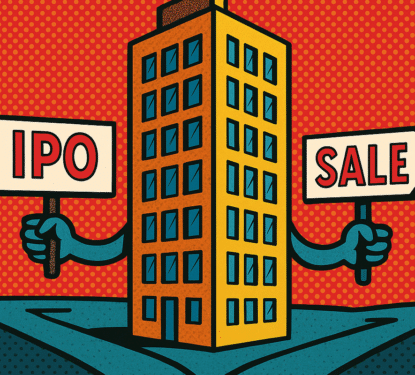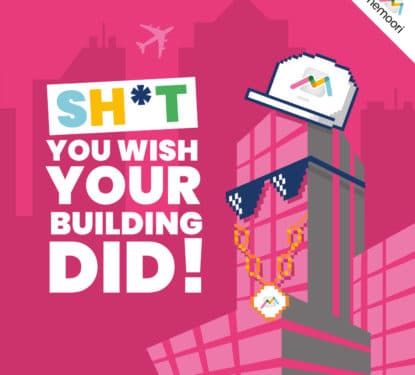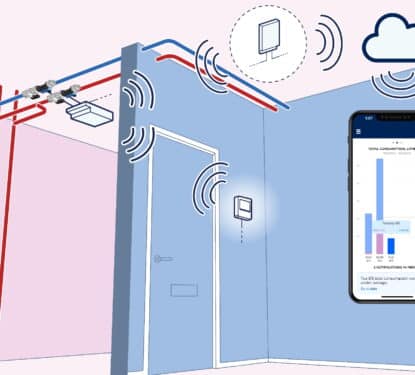Picture a modern city at night, viewed from directly above. Reminiscent of a circuit board with different electronic components (buildings) connected by conductive tracks (roads) to create one functioning entity from many smaller elements. Signals (people) travel along defined copper traces (roads) to deliver information and instructions to different parts of the circuit board. This represents the traditional city. Now imagine a circuit board where conductive tracks are multiplied exponentially, every element is connected to each other in multiple ways sending information almost instantly anywhere or everywhere simultaneously. This creates a highly complex, highly functional entity able to adapt in real-time to optimize performance and create new abilities. This represents the smart city. Smart cities are all about connectivity, not just from a technical perspective but also from a socio-economic perspective. They connect people with people, businesses with people, businesses with businesses, businesses and people with utilities, authorities with utilities and people and businesses… and […]
Most Popular Articles

MRI Software: Exploring the 2025 IPO & Sale Options
This Research Note examines a report from Reuters that MRI Software is to be listed in an IPO or sold. We explore the development of the business over the last 10 years, since it was acquired by private equity owners, highlight their software acquisitions for commercial real estate applications addressing integrated workplace management, tenant experience […]

Podcast 40: Stiles Property Management Found $400K+ in Hidden Savings
Most property managers know their buildings are hemorrhaging money through inefficient systems. The problem? They have no idea where to start looking. Devon Newton, VP of Property Management at Stiles, faced this exact challenge with 110 East, a new Class A development in Charlotte’s Southpark district. Despite managing 116 properties across the Southeast, she found […]

Smartvatten Strengthens European Position with 2025 LeakLook Acquisition
This Research Note examines Smartvatten, a Finnish specialist in water efficiency technology and expertise in Northern Europe. It updates our previous article in March 2024, covering Smartvatten’s solutions, key developments in 2024, sustainability partnerships and the September 2025 acquisition of LeakLook, a Finnish specialist in IoT-driven water monitoring for real estate. Smartvatten Profile Established in […]
